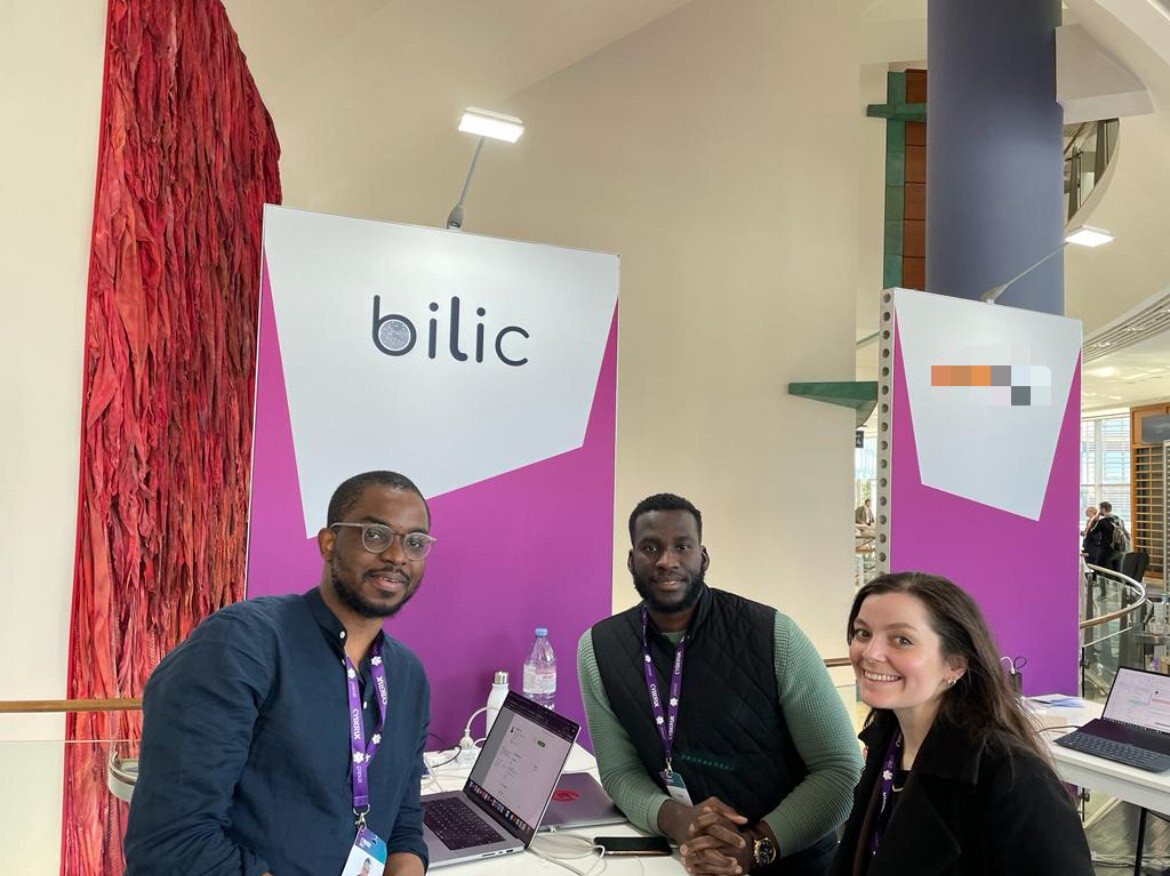London based AI Startup Bilic has developed a machine learning model that can predict fraudulent conversations with 96.66% accuracy. The model was trained on a copus of dataset including conversations, both fraudulent and genuine examples with focus in the fintech space.
Bilic’s goal was to develop a model that could help businesses and individuals protect themselves from scams and unauthorized transactions. Fraudulent conversations can take many forms, such as phishing emails, fake job postings, and impersonation scams. The team’s model is able to identify deceptive patterns in conversations, such as unusual language usage, suspicious requests, and inconsistent information.
Bilic’s model was developed using Intel’s optimized libraries and tools for machine learning. This allowed Bilic to train the model quickly and efficiently. The model is also designed to be scalable, so that it can be used to monitor large volumes of conversations in real time.
Bilic’s work was presented at a recent hackathon, where they were awarded first prize. The team is now working on deploying the model in real-world systems, such as chatbots and customer support platforms.
How the model works
The model is a feedforward neural network, which is a type of machine learning model that is well-suited for understanding sequential data, such as conversations. The model is trained on a dataset of conversations, which are labeled as either fraudulent or genuine and from here it learns to identify patterns in the conversations that are associated with fraud.
Once the model is trained, it can be used to predict whether a new conversation is likely to be fraudulent by taking the conversation as an input and outputting a probability score. This score indicates the likelihood that the conversation is fraudulent. If the score is above a certain threshold, the conversation is flagged as suspicious.
Benefits of the model
Bilic’s model has a number of potential benefits, including:
Reduced fraud: The model can help businesses and individuals to reduce the number of fraudulent transactions they experience.
Improved customer experience: The model can help businesses to improve the customer experience by identifying and addressing fraudulent conversations quickly and efficiently.
Increased security: The model can help businesses to increase the security of their systems by detecting and blocking fraudulent login attempts and other unauthorized activities.
Real-life impact of predicting fraudulent conversations
The ability to predict fraudulent conversations has a number of potential real-life impacts, including:
Reduced financial losses: Fraudulent conversations can lead to significant financial losses for businesses and individuals. For example, phishing emails can trick people into revealing their passwords or credit card information, which can then be used to steal money or make unauthorized purchases. By predicting and preventing fraudulent conversations, businesses and individuals can protect themselves from these losses.
Improved consumer confidence: Fraudulent conversations can erode consumer confidence in businesses and online services. When people know that they are at risk of being scammed, they are less likely to do business with those companies. By being able to predict and prevent fraudulent conversations, businesses can improve consumer confidence and boost their bottom line.
Increased protection for vulnerable populations: Fraudulent conversations can be particularly harmful to vulnerable populations, such as the elderly and people with disabilities. These individuals may be more likely to fall victim to scams because they are more trusting or less tech-savvy. By predicting and preventing fraudulent conversations, businesses and organizations can help to protect these vulnerable populations.
Here are some specific examples of how predicting fraudulent conversations can be used to improve people’s lives:
A bank could use a model to predict fraudulent transactions and block them before they go through, saving its customers money and protecting their accounts.
A social media company could use a model to detect and remove fake accounts that are used to spread misinformation or scam people.
A customer service platform could use a model to identify fraudulent customer support requests and prioritize them so that they can be resolved quickly.
Overall, the ability to predict fraudulent conversations has the potential to make a positive impact on people’s lives by reducing financial losses, improving consumer confidence and protecting vulnerable populations.



















